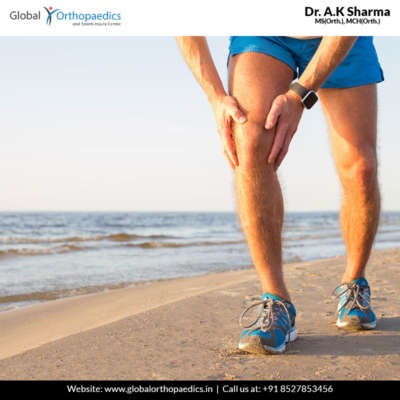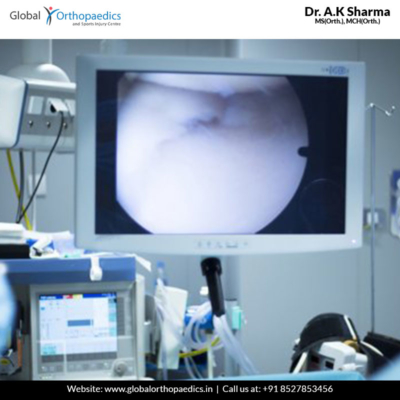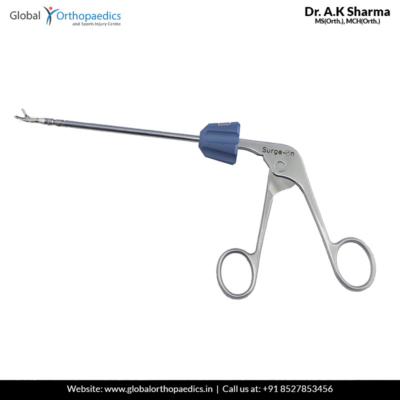Arthroscopy permits an orthopaedic surgeon to insert a pencil-thin instrument into a little low incision in your joint (about the dimensions of the opening on a button). The device contains a light-weight camera that sends an enlarged read of your joint to a visual display unit. Therefore your doctor will see the injury and create a correct diagnosing. Arthroscopy provides a lot of data than an imaging check.
Benefits of a surgical process
- Less invasive than ancient open surgery
- Patients recover a lot of quickly
- Usually less painful
- Fewer complications
When to check with a doctor?
- If you suffer from any of the following conditions, visit your doctor to check if arthroscopy is an only option left for you:
- Rotator cuff injuries within the shoulder
- Joint inflammation
- Pinched nerves
- Shoulder instability (when the cartilage that lines the rim of the shoulder joint— the labrum—tears, the shoulder joint becomes loose and might become dislocated)
- Arthritis
- Loose bone or cartilage
- Baker’s cyst (a swollen sac behind the knee filled with fluid)
- Misaligned kneecap
What happens throughout Arthroscopic procedure?
During the procedure, you’ll receive native or regional (sometimes even general) anaesthesia; therefore, you’re snug and don’t feel pain. Your surgeon can inject saline into the joint to inflate the surgical area, keep the view unobstructed, and control bleeding.
Once your surgeon inspects your joint and diagnoses your drawback, he/she has the choice of additionally activity arthroscopic surgery to repair the matter. The surgeon can build many alternative little incisions to insert surgical tools, using the image on the screen to guide the surgery.
Arthroscopic procedures are less invasive than ancient open surgery, which suggests patients recover a lot of quickly, sometimes with less pain and fewer complications. However, if your knee or shoulder injury is essential, you may like open surgery to repair it. Arthroscopy is especially helpful for those that have body structure injuries that are common and sometimes debilitating. The muscles and tendons close the ball-and-socket joint of your shoulder are referred to as the body structure.
Historically, body structure injuries were tough to treat. Now, surgeons are starting to with success use arthroscopic procedures to repair these injuries.
Risks from Arthroscopy
Fortunately, arthroscopic procedures are terribly safe, but, like several procedures, there are invariably potential risks. They embrace a hypersensitive reaction to the anaesthesia, injury to the cartilage or ligaments, excessive bleeding, a blood clot within the leg, infection, joint stiffness, or damage to a blood vessel or nerve.
What happens after Arthroscopy?
Arthroscopy is performed as an outpatient procedure, which implies you’ll come home the same day. It’ll take many days or every week for your incision to heal, and you’ll probably expertise some pain and discomfort for a minimum of every week. Your doctor might advocate stabilizing the joint because it improves and post-operative rehabilitation to regain your strength and quality within the joint.
ACTION STEP
If you’ve got a knee or shoulder problem that’s not responding to non-invasive treatment, like medications or physical therapy, ask your doctor if arthroscopy is correct for you.





